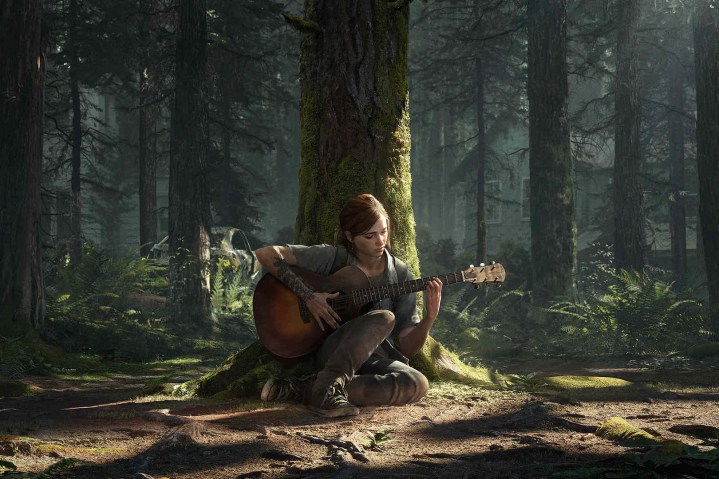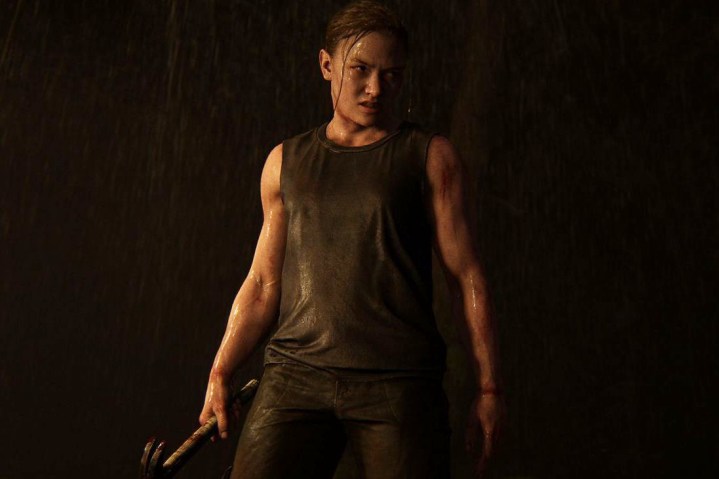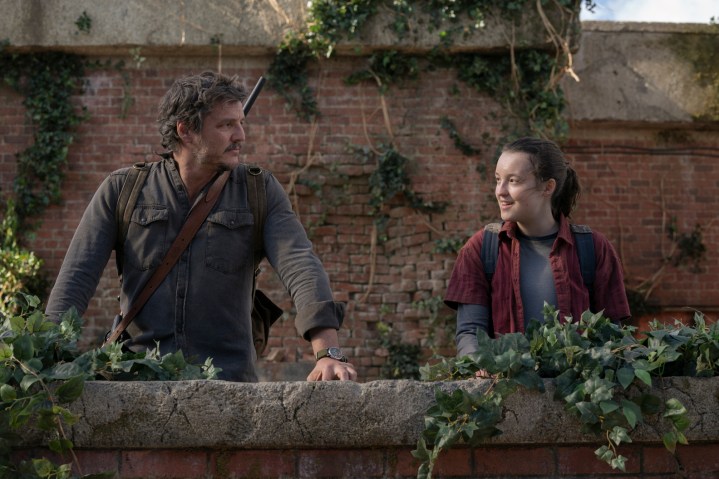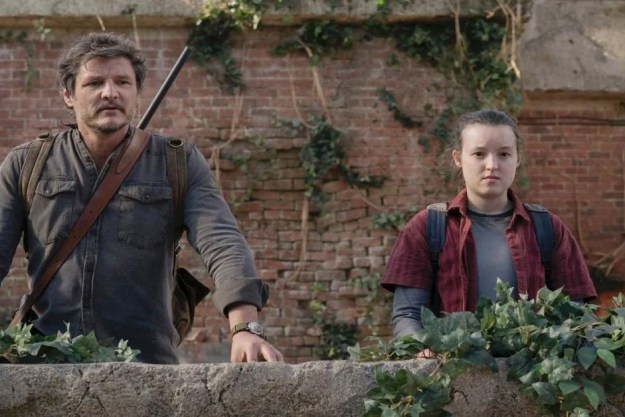The general consensus surrounding season 1 of The Last of Us seems to be that it was a resounding success. The HBO series’ first 9 episodes faithfully adapt the original Last of Us video game, which was first released 10 years ago in 2013. Now, Last of Us showrunners Craig Mazin and Neil Druckmann are set to start working in earnest on the HBO show’s second season, which Druckmann has confirmed will adapt the events of 2020’s The Last of Us Part II.
Anyone who has played that divisive sequel will know it isn’t nearly as easy of a game to adapt as the original Last of Us. To their credit, Druckmann and Mazin seem to be aware of that. The pair have, in fact, already said that they believe The Last of Us Part II‘s story will need to be told across multiple seasons of television in order to be adapted faithfully.
While that will do a lot to help The Last of Us avoid the risk of releasing a second season that feels narratively rushed, it isn’t the only creative decision Mazin and Druckmann will have to make in order to address the problems that dragged The Last of Us Part II down when it was originally released.
The Last of Us season 2’s biggest challenge

The Last of Us Part II is a very different game than its 2013 predecessor. Unlike the original Last of Us, which tells a fairly linear story, Part II spends huge portions of its runtime bouncing around in time. The game is full of more flashbacks than it knows what to do with. Not only does it frequently flash back to some of the moments Joel and Ellie shared in the 4 years between it and the original Last of Us, but it also features flashbacks dedicated solely to fleshing out the life and perspective of its deuteragonist, Abby.
Abby is introduced early on in The Last of Us Part II without much fanfare or explanation, which makes her actions at the end of its first act all the more shocking. Unfortunately, the game’s decision to introduce Abby that way also forces it to spend huge portions of its second half flashing back in time to moments that are meant to help explain her actions throughout The Last of Us Part II. In case all of that wasn’t ambitious (or confusing) enough, the game’s second act is also divided into two chapters that explore the same 3-day period from two characters’ dueling perspectives.
Suffice it to say: The Last of Us Part II makes a lot of narrative decisions that not only barely work within the confines of a video game, but definitely wouldn’t work on a TV show. The good news is that Craig Mazin, who received widespread acclaim several years ago for his work on HBO’s Chernobyl, seems fully aware of the structural problems with The Last of Us Part II.
A potential solution

On the final episode of HBO’s official Last of Us podcast, Neil Druckmann and Craig Mazin talked briefly about their plans for the series’ second season. In specific, when they were asked about their approach to adapting The Last of Us Part II, Druckmann said, “We will look at what made that story special and what is the soul of that story, and that needs to remain intact. And then the moment-to-moment beats and characters, they might stay the same, they might change. We will do what needs to happen in that story as it transfers from one medium to another.”
Mazin, for his part, added, “We will also take advantage of the freedom we have in television that wasn’t there in the games — specifically, the advantage of changing perspective. So we will use what we can use in a new medium to tell that story and we will go through the same process of adaptation.”
Mazin’s comment, notably, suggests that future seasons of his and Druckmann’s hit HBO show won’t necessarily need to rely on as many non-linear storytelling tricks as The Last of Us Part II does. That’s an extremely good thing, especially given just how disjointed The Last of Us Part II’s structure is, as well as the uneven pace at which it tells its story.

Some of The Last of Us Part II‘s flaws aren’t the result of its overambitious story, but the fact that video games require their stories to be told from the perspectives of the characters their players are inhabiting. On the one hand, that requirement imbues games with a greater level of interactivity than movies or TV shows. On the other hand, it also means that they can’t bounce between multiple perspectives nearly as easily. In The Last of Us Part II, that fact becomes so apparent that it very nearly strangles all of the life out of the game’s story.
Based solely on Craig Mazin’s recent comments, it sounds like The Last of Us‘ future seasons won’t suffer the same fate. Instead, the show may very well end up throwing out Part II‘s non-linear structure altogether. Doing so would make the next chapter of the show’s story flow far more smoothly than it does in video game form and would give The Last of Us the chance to bounce between Ellie and Abby’s stories as they progress at the same time and pace.
Viewers may not, in other words, ever have to worry about HBO’s The Last of Us spending five episodes building up to a major turning point in its story only to spend its next five episodes exploring the same period of time that it literally just did. Thank goodness.
Season 1 of The Last of Us is available to stream now on HBO Max.
Editors' Recommendations
- Kaitlyn Dever cast as Abby in The Last of Us season 2
- These 5 TV shows could be the next The Last of Us
- Yellowjackets season 2 episode 1’s shocking ending, explained
- The 7 most shocking moments from HBO’s The Last of Us
- I just finished The Last of Us and loved it — here’s what I’m watching next




